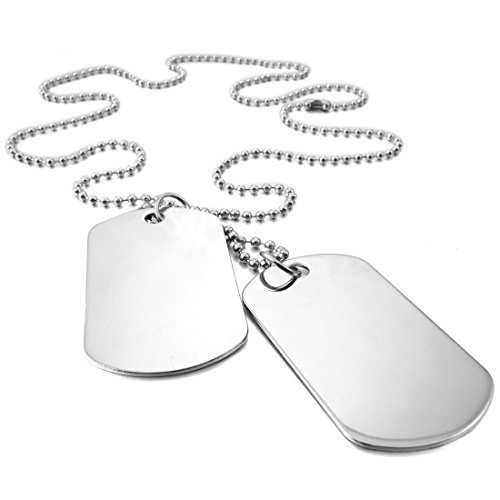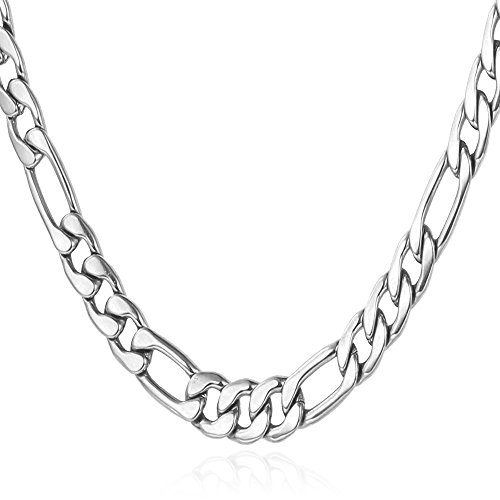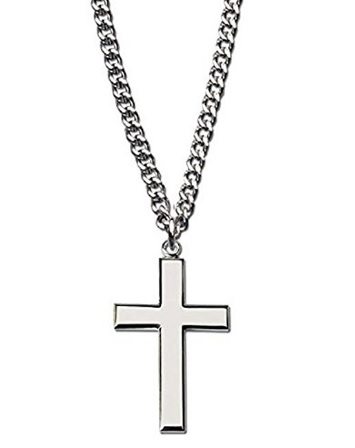The artwork of decoration goes again to primitive man who used, for decoration, vegetation and beads, carved timber, shell, bone and stone. The fabric used changed in time to ivory, copper and semi-valuable stones and then to silver, gold and valuable stones, however our rich tribal heritage can be visible in the flower motif that is primary to indian jewellery designs even nowadays.Indian jewellery is as old as indian civilisation itself. The ruins of the indus valley civilisation, going lower back to 5000 years, have yielded examples of beaded jewellery. Within the sculptures at bharhut, sanchi and amaravati and the artwork at ajanta can be visible the wide range of jewellery worn through guy and girl, with the aid of king and commoner. The temples of south india, bengal, orissa and crucial india gift a veritable cornucopia of the jeweller's art.

Greek site visitors to historic india marvelled on the difficult indian jewels of the time. The epics, the ramayana and the mahabharata, and the arthasastra, a text 19 centuries vintage, point out the intricate arts of the jewellers of yore. The silappadikaram, an historic tamil traditional, talks of a society dealing in gold, pearls and precious stones. Paes, a portuguese chronicler, writes of the vijayanagar empire in which traffic have been dazzled by means of the jewelry worn.
Jewelry in historical times changed into now not simplest an adornment, however each stone changed into endowed with a magical fine and used as a safety against evil forces. The navaratna or nine gemstones, every sacred to a planet, are worn in a selected order for the identical reason to these days. The maniratna, known as the serpent stone, changed into used as a talisman to defend the wearer. Rudraksha and tulsi seeds and sandalwood beads are worn even today at some point of hindu worship.The appearance of moghul rule similarly decorated indian jewelry. The synthesis of hindu and muslim paperwork and styles led to a splendid outburst of ornamentation, elegant and awesome, and of a lush extravagance in no way seen before. Even though strains of enamelling were found in historic taxila, this art reached its zenith only beneath the moghuls, when even the unseen reverse aspect of each jewel turned into covered with complicated enamel work (minakari).Jewellery later became a way of setting by means of financial savings, like a financial institution these days, and of offering monetary safety to girls who sold it in times of need.The indian love of gold might also have been a means of acquiring wealth. However the indian love of jewelry is simply a love of the lovely and the aesthetic, of man's aspirations to attain perfection in form, design and shade. Repetition, symmetry and orderly development in layout are typical of the indian belief so as, or r'ta, inside the cosmic universe.Air-india hopes to preserve a number of our traditional jewelry for posterity thru this year's calendar. Due to the fact best 12 pieces may be selected, most effective adorns of gold and treasured stones have been shown and the whole variety of silver and people jewellery not noted of the take a look at.We gift this series as a homage to the art of jewelry in india, to our ancestors who conceived those jewels, to the artist who designed them and to the skilled artisans who common them, and preserved, thru millennia, this priceless art, our precious background.












